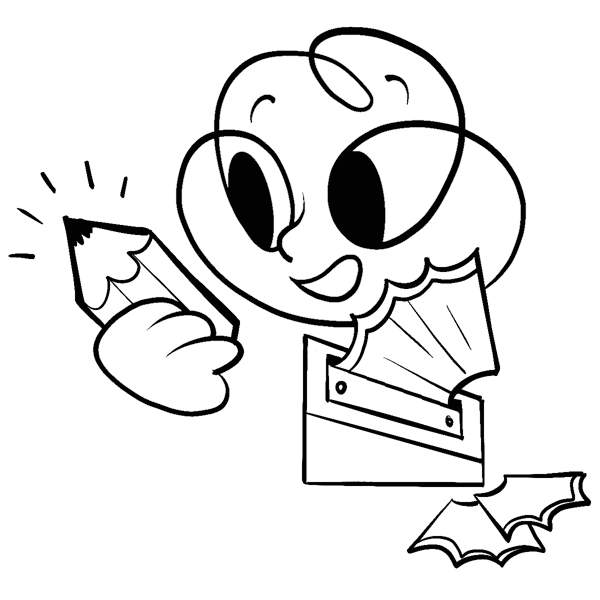
Five-Point Framework
Our qualification has five learning outcomes based on a simple creative process. Learners will research, conceptualise, reiterate, communicate, and evaluate their responses to unique challenges and be assessed on how well they engage in each stage of the process, not just what they produce at the end of the project.

Ready-to-Teach Resources
We provide fully designed and uniquely engaging learning resources, organised in themed Creative Playlists and developed in collaboration with highly creative and industry-leading teams of professionals from various fields. They include everything a teacher needs to encourage learners to think differently, break the rules, fail, collaborate and dream up innovative ideas.

Assessment Tools
We have developed innovations in assessment to support our challenge-based learning approach. Putting the emphasis on formative feedback allows learners to develop their creative process and learning power every step of the way. Our simple, transparent tools have proven to cut marking time in half and are applicable across the curriculum with STEAM subjects.
Designed for the teachers
Our qualifications are built to fit your academic year. The challenges vary in length and depth, allowing you to tailor projects to fit your students and institution, maximising the potential for creative learning.

Our Five-Point Framework
The learning approach emphasises the process rather than the final product, highlighting the importance of the learners’ journey and encouraging them to reflect on the strategies they have used to think creatively.

Research
Learn to find information to explore a problem. Demonstrate the use of two or more research methods and be able to draw conclusions from the findings.

Conceptualise
Propose imaginative and creative concepts which demonstrate an understanding of the research findings.

Fail & Fix
Test and improve initial ideas. Compare, adapt and develop solutions that can solve a problem, situation, or issue.

Communicate
Independently select and use appropriate media to clearly and creatively communicate ideas and potential solutions.

Evaluate
Demonstrate creative bravery in evaluating independent work and show awareness of the potential for improvement in your practices and performance.
Assessment Tools
Assessment is never easy and all too often prevents creativity rather than promoting it. We have developed two simple tools which encourage participants to focus on process over outcome. This transparent approach reduces learner anxiety and encourages creative bravery and resilience.
Our system is very intuitive. Learners undertake creative challenges aligned with our five learning outcomes, and each project is then assessed against those same five criteria.
The STAMP iT tool encourages formative assessment throughout each project to give participants clear feedback on what’s going well and what might need more focus. At the end of each challenge, the STELLAR assessment app makes marking quick, easy, accountable and constructively aligned to the undertaken learning.

Manual Worksheet
Our formative and summative assessment devices, STAMP iT and Stellar are paid-for tools due to their production and maintenance costs. The good part is that there is no requirement for you to buy them if you do not wish to do so. We have created a pro forma for the summative assessment of each playlist, which you can download for free and complete manually.

STAMP iT
We have found that learning can be enhanced with learners becoming braver and more creative if the emphasis is put on formative assessment. For this reason, we recommend using STAMP iT, an actual rubber stamp created by our partners in Higher Education, which is used directly on student work as an anchor for formative feedback. It provides a framework for direct discussions about the student's progress with the creative process. The STAMP iT name and system are © Ruth Cochrane & Richard Firth.

Stellar App
Summative assessment should be simple, transparent and quick. We developed the Stellar assessment app to automate summative feedback and ensure that marking is fair and constructively aligned to learning outcomes. Best of all, it can reduce the marking time by half!



